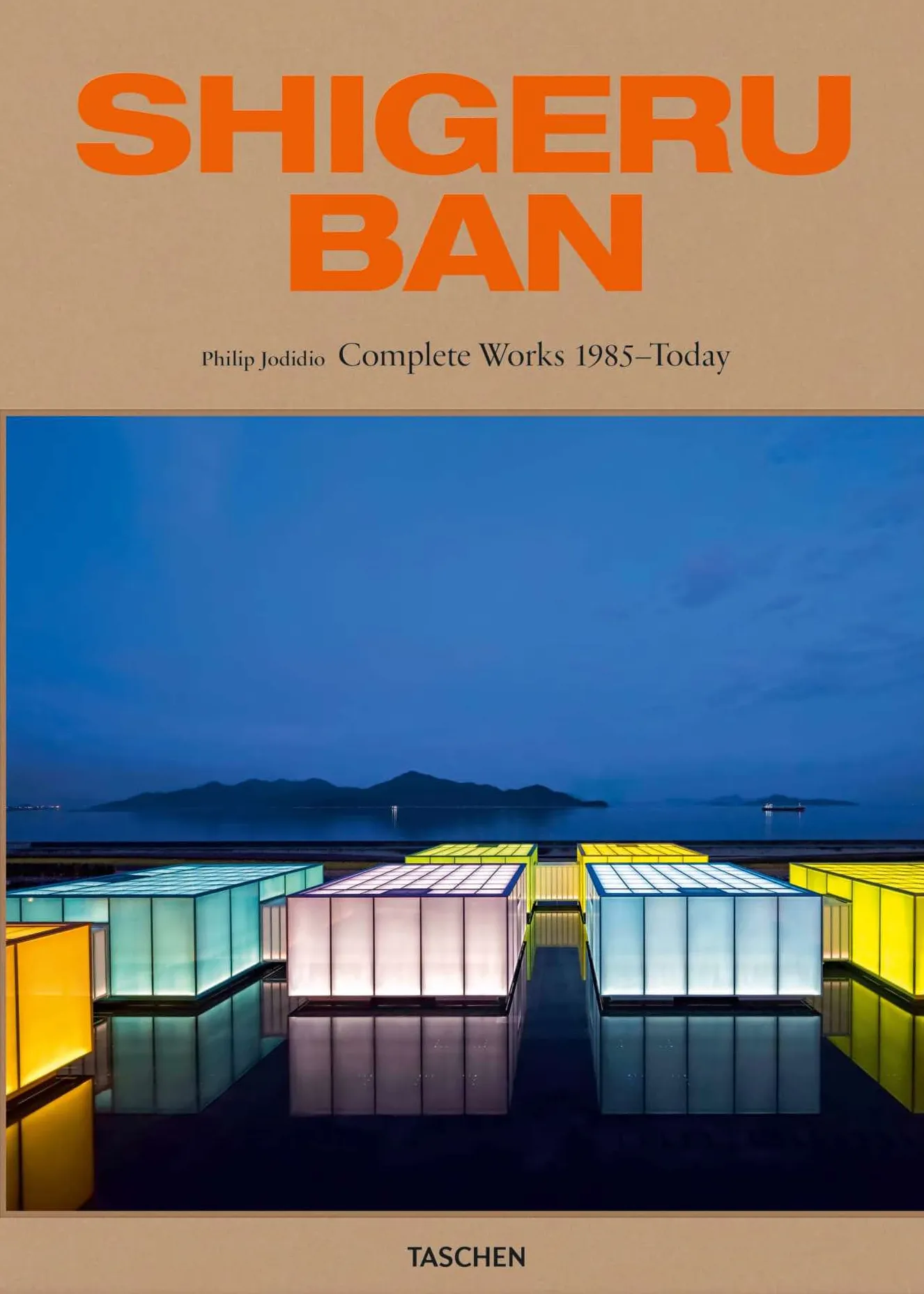F L A U N T


You’ve heard the phrase. You’ve wondered it yourself. “If walls could talk…”
If walls could talk, what would they say? What would they witness? If walls could talk, what would they keep? What would they discard? If walls could talk—those impartial partitions, those secret separators, those faceless facades—what would they whisper between enclosures?
“If walls could talk,” is a question that Pritzker Prize-winning Japanese architect Shigeru Ban answers with his life’s work. Known for his ingenious and intuitive use of recycled materials, Ban’s architectural style is pronounced with his incessant quest to understand and interpret the purpose of buildings. Believing that buildings are not mere skyscrapers used to graze gravity, but structures meant to serve and protect, Ban knocks a window into his mind with a new book from German book publisher Taschen.

Compiled by author Philip Jodidio, the book constructs a timeline of Ban’s architectural genius stemming from 1985. This includes some of his most famous works, including the Wall-less House in Nagano (where if walls could talk, they wouldn’t say anything), the Cardboard Cathedral in New Zealand, and the Expo 2000 Japan Pavilion in Germany.
Despite being in the business of building, perhaps the best way to characterize Ban’s work is his acute ability to break down. Temporary architecture has fruitfully become Ban’s niche, as he designs emergency shelters for refugees escaping natural disasters and genocide. Where one architect might measure the strength of a wall by its capacity to last, to withstand, to remain, Ban measures it with something less heavy, namely his signature element: repurposed paper tubes. While they're sometimes as thin as a roll of toilet paper, Ban’s recycled paper structures prove that brawn isn’t brutalist. In fact, paper is a promise in a sporadic and fickle world.

Through Ban’s efforts, Paper Emergency Centers accommodated refugees escaping the Rwandan civil war in 1999. Compressed earth blocks provided shelter for Sri Lankan families seeking post-tsunami rehabilitation in 2007. A 2011 Paper Concert Hall filled the Italian city of L’Aquila with music after an earthquake rocked the village in 2009. And more recently, a surgical ward is underway for a hospital in Lviv, Ukraine. Ban's architectural firm, Shigeru Ban Architects, works in conjunction with the nonprofit Voluntary Architects' Network to efficiently construct interim housing using beer crates, timber and rubble.
It’s almost poetic, the way Ban utilizes unlikely materials to buttress vulnerable communities. What's discarded is supported, what's overlooked is prioritized. As Taschen’s new hardcover explores, flimsy elements are fortresses in the architect’s eyes. For Ban, if walls could talk, they could also help. They could beautify. They could save.
